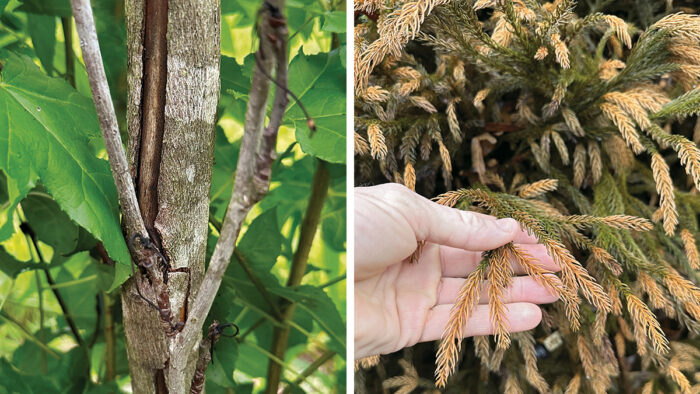
Winter in North America is typically an uneventful time of year for plants, when growing slows or stops and when most plants go dormant. Because of that, average winter weather has very little negative impact on a landscape’s health. Extreme winter weather anomalies, however, can do some serious damage. Heavier than average precipitation, significant and sudden drops in temperature, longer than normal durations of freezing temperatures and winds—these occurrences can injure, if not gravely harm, our valued plants.
Expect the unexpected
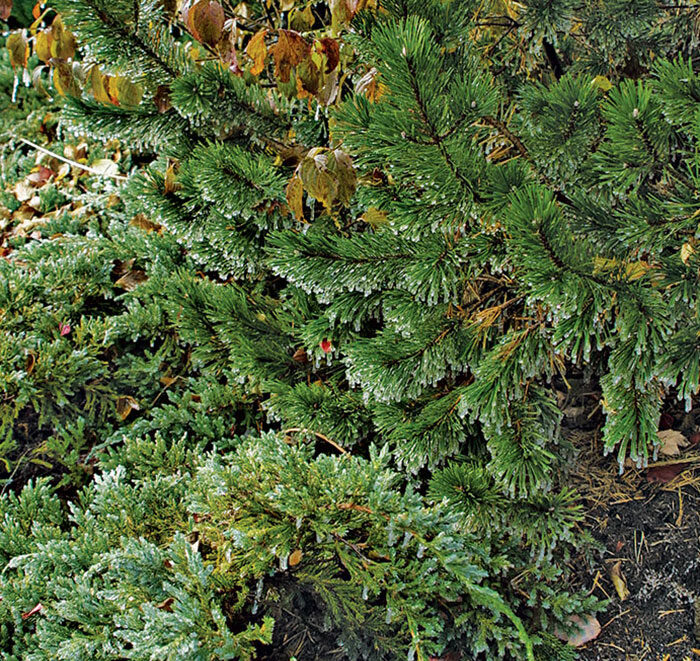
If there is one thing we can count on about extreme winter weather, it is that such weather is unpredictable but certain. It will happen at some point—we just don’t know when. The South and southeastern United States was reminded of this during the 2022 holiday season when a doozy of a storm blew in that will not soon be forgotten. The wind and cold temperatures packed a punch for our power grids and landscapes over the Christmas weekend. The weather event presented itself as a 40°F to 50°F drop in much of the region from the evening of December 22 through the following morning. Temperatures plummeted to as low as –5°F. In many places, this rapid drop was accompanied by blustery winds and sustained temperatures below 15°F for at least 32 hours. Additionally, temperatures in many areas didn’t rise above 32°F for more than 80 hours.
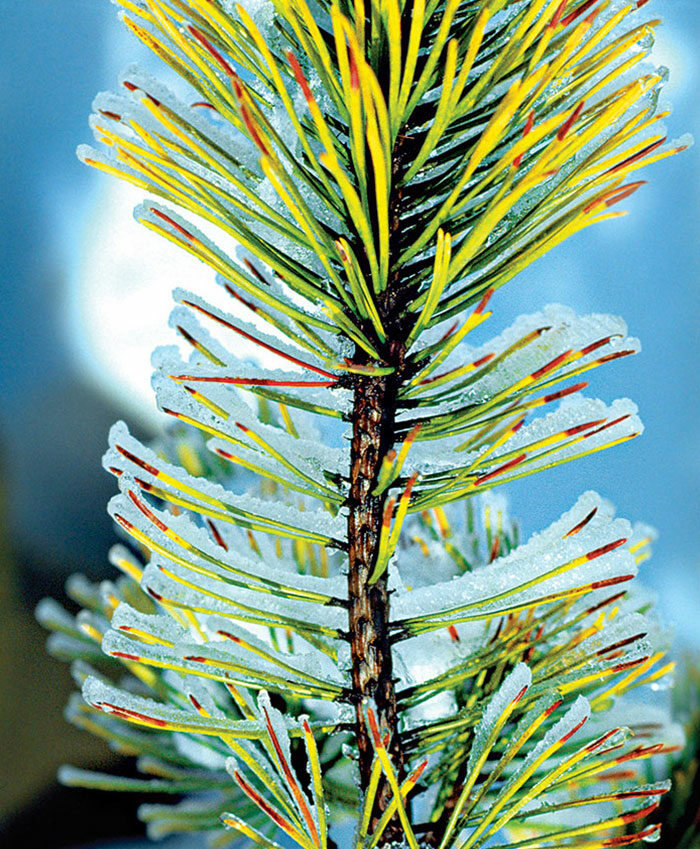
This cocktail of winter weather resulted in freeze damage in the form of ice formation within plants, which irrevocably fractured cell walls. Additionally, the rapid temperature drop meant that plants were less able to implement internal defense measures to tolerate low-temperature stress. Wind also contributed to the injury by desiccating (think freeze-drying) evergreen plants.
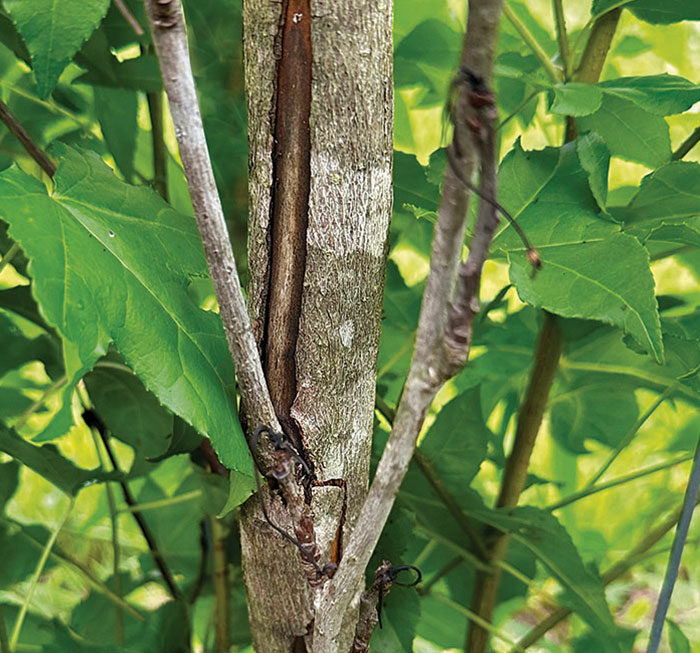
Which plants are at the greatest risk?
Most plants damaged by extreme weather events are evergreen woody plants such as conifers and broadleaf evergreens. During the aforementioned storm, however, deciduous plants such as chaste trees (Vitex agnus-castus and cvs., Zones 6–9), figs (Ficus spp. and cvs., Zones 6–9), Japanese maples (Acer palmatum and cvs., Zones 5–8), edgeworthias (Edgeworthia chrysantha and cvs., Zones 7–10), and some crape myrtles (Lagerstroemia spp. and cvs., Zones 6–9) also sustained major damage to their stems and trunks. Low temperatures can be especially harmful to woody plants considered barely or marginally hardy in a specific zone. Examples in Tennessee (Zones 6a–7b) include camellias (Camellia spp. and cvs., Zones 5–9), Chinese fringe flowers (Loropetalum chinense and cvs., Zones 7–11), and osmanthus (Osmanthus spp. and cvs., Zones 7–11). However, plants that are hardier in more northern regions also sustained major, if not catastrophic, damage from this storm; these included boxwoods (Buxus spp. and cvs., Zones 5–9), Japanese cedars (Cryptomeria spp. and cvs., Zones 5–9), and azaleas (Rhododendron spp. and cvs., Zones 4–8).
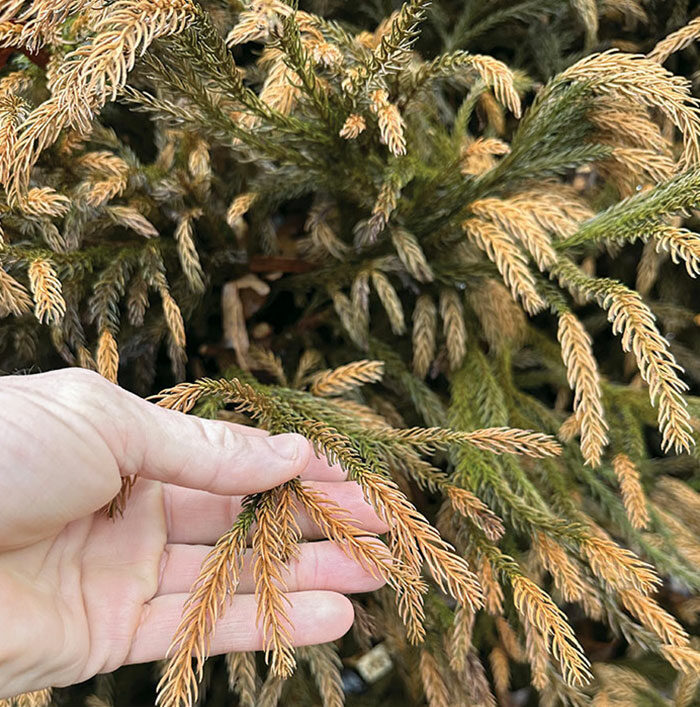
How to recognize and mitigate damage
“Burnt” (that is, browned) foliage of evergreen plants following winter weather exposure is easy to recognize, as is breakage from snow or ice loads. However, since winter damage occurs when plants are not actively growing, it may take several months before the extent of some damage is apparent. Close inspection during the 2023 growing season in Tennessee revealed that some plants had split, cracked, or peeling bark from their branches and/or trunks as a result of the 2022 winter storm. Because this type of damage permanently disrupts a plant’s ability to move water from the roots to the leaves, plants with this type of injury require the removal of the damaged branches or trunks.
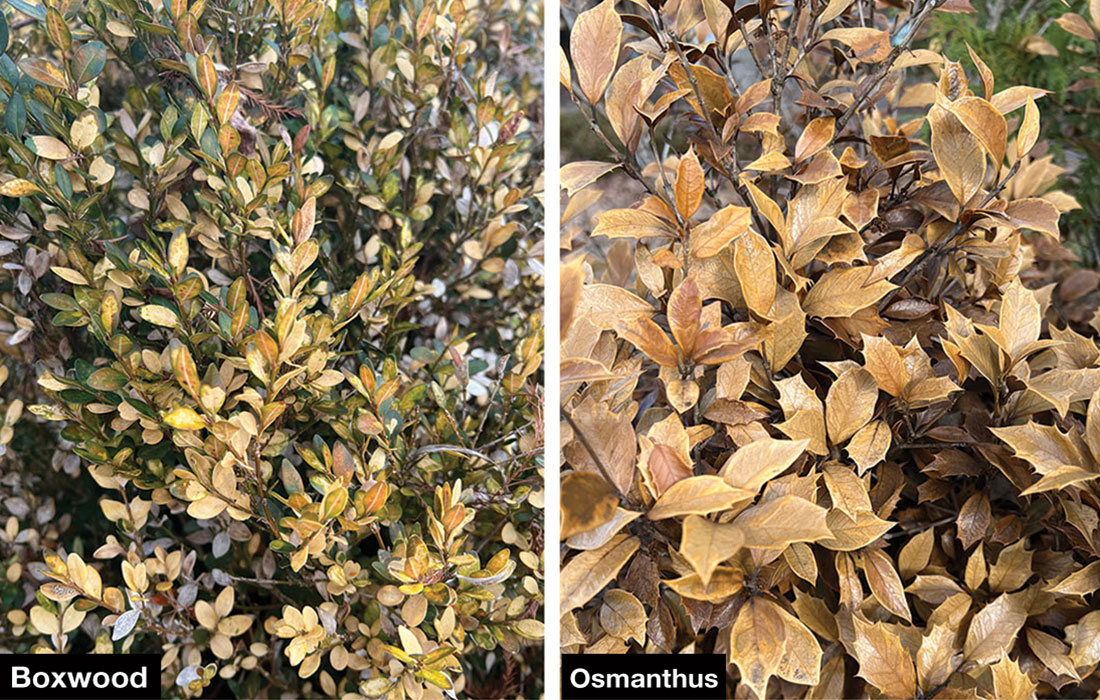
Multistemmed plants such as figs, edgeworthias, chaste trees, crape myrtles, and Chinese fringe flowers were among those that suffered such damage, but they have the ability to completely regenerate from their root systems. For that reason, cutting them down to near the ground and letting them regrow is a simple response. Unfortunately, some primarily single-trunked plants, such as Japanese maples and some conifers, typically will not regenerate from their roots or base of their trunk after freeze damage occurs and will become a total loss. Likewise, plants such as Leyland cypress (× Hesperotropsis leylandii and cvs., Zones 6–10) that are not killed outright by a major winter event do not regenerate new branches from the trunk or roots and will likely never look attractive again. In this case, the plant should be removed. However, plants are amazingly resilient, and it is worth waiting and seeing before yanking a damaged one out. No matter the type of freeze damage, often it is best to wait to take action until early spring, when active growth is underway, so that you can determine what survived, cut back to new growth, and remove the dead or extensively damaged branches and trunks or lost-cause plants altogether.
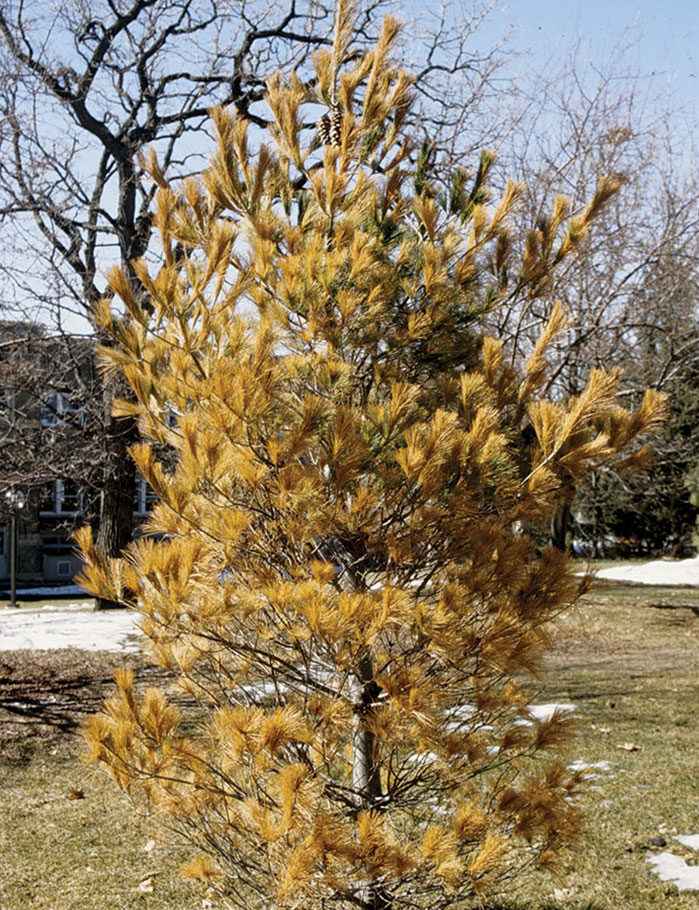
5 ways to prevent or minimize winter storm damage
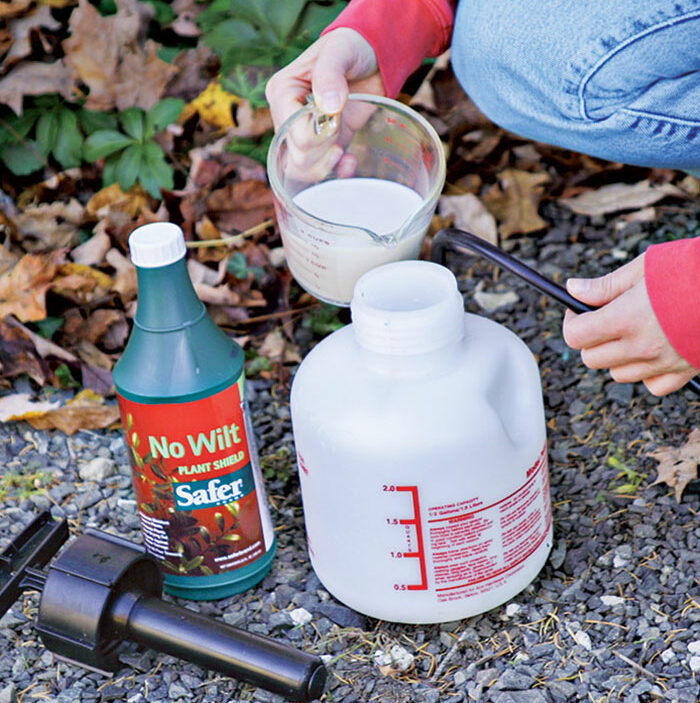
Other than maybe growing your plants in a bio-dome, there is no foolproof way to prevent winter damage. However, there are some strategies you can use to help minimize injury to your precious plants.
1. Mulch
Make sure your plants are mulched in fall. The mulch serves as a blanket of insulation protecting the root zone from sudden changes in temperature. It also prevents fall-planted plants from heaving out of the soil during brief winter freeze-thaw cycles.
2. Water
Well-hydrated plants are better off any time of year, including during winter. This is particularly true of evergreen plants. When the ground freezes, plants cannot take up water; desiccation can then occur due to lack of water in the plants’ tissue. Watering well in fall before the ground freezes can be a lifesaver for your plants. With the exception of a handful of plants, most species do best in well-drained soil. Be sure your plants are in a well-drained site, as poor drainage can affect a plant’s winter hardiness.
3. Shelter
If you live in an area where the ground freezes for an extended period of time in winter, consider providing your broadleaf evergreens with some type of shield from the wind. Wrapping plants such as boxwoods in burlap or spraying them with an anti-desiccant such as Wilt Pruf or Wilt Stop (according to label directions, of course) can make a huge difference in minimizing winter damage.
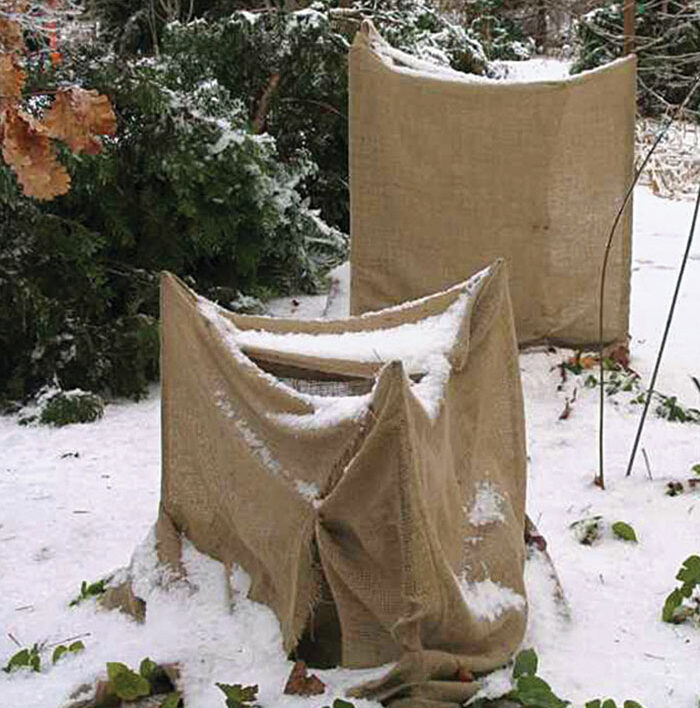
4. Relocate
Container-grown plants can be moved into a garden shed, enclosed garage, or other sheltered location for protection from wind and cold temperatures. These spots are often several degrees warmer than outside. When placing plants in an attached enclosed garage, you can gain even a little more heat protection by putting the plants against the wall that also serves as an interior wall of the house on the other side.
5. Pause maintenance
Pruning stimulates new growth on plants. To prevent new growth from being exposed to damaging winter weather, avoid pruning five to six weeks before your first frost date. After plants go totally dormant, light pruning can be done if necessary but is best done in late winter or early spring to avoid open wounds all winter long. Likewise, plants should not be fertilized any later in the growing season than five to six weeks before the average first frost date. (For many areas, that would be by the end of August.) New plant growth needs time to mature and harden off before the cold weather hits.
Contributing editor Jason Reeves is curator of the University of Tennessee Gardens in Jackson.
Fine Gardening Recommended Products

Sun Joe Cordless Telescoping Pole Chain Saw
Fine Gardening receives a commission for items purchased through links on this site, including Amazon Associates and other affiliate advertising programs.

VegTrug Classic Cold Frame
Fine Gardening receives a commission for items purchased through links on this site, including Amazon Associates and other affiliate advertising programs.

Gardener's Supply Company Summerweight Fabric Plant Cover
Fine Gardening receives a commission for items purchased through links on this site, including Amazon Associates and other affiliate advertising programs.


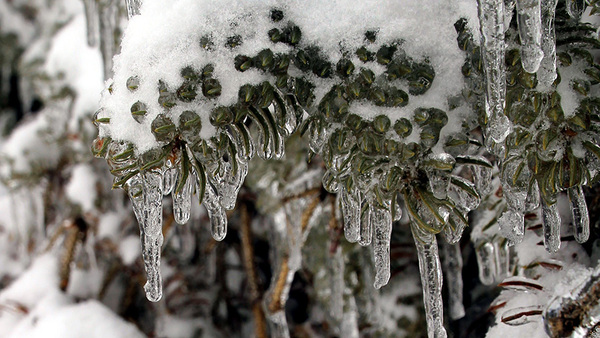
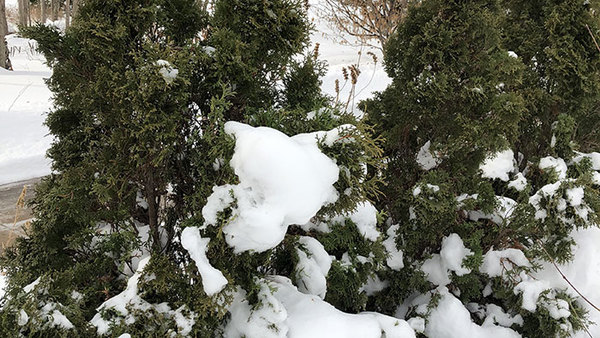
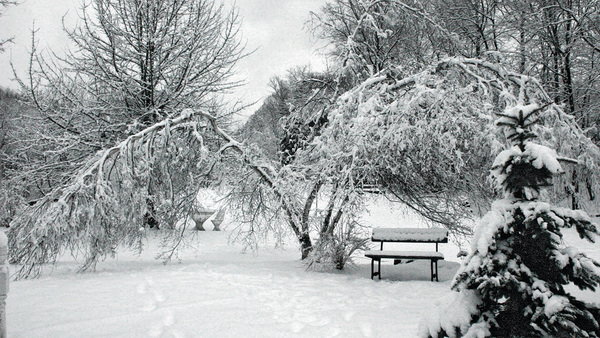














Comments
Log in or create an account to post a comment.
Sign up Log in